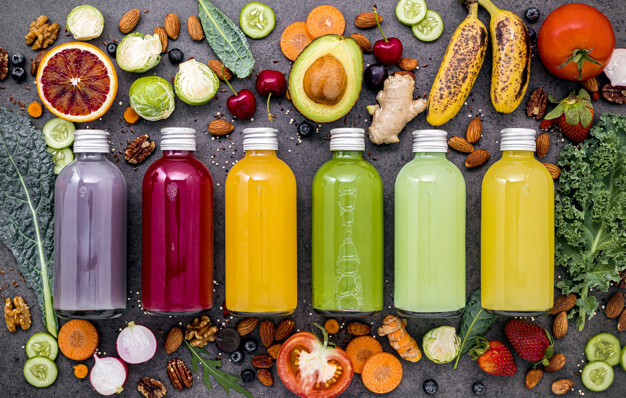
Imagine this: What if your rich, tangy tomato paste came in a deep blue hue?
Or your creamy cheese was bright pink?
Would these color changes alter the way you perceive their taste or aroma?
At first glance, it might seem purely cosmetic, but the truth is color plays a powerful, sometimes surprising role in how we experience food and drink.
For those of us in the food and beverage industry, understanding this influence isn’t just fascinating, it’s essential for product development, marketing, and consumer satisfaction.
The Psychology Behind Food Color
Colors evoke emotions, memories, and even physical responses. This is something most of us intuitively know from everyday life; think of how a bright red apple often looks more appetising than one that’s dull and brown. Scientific studies back up these anecdotes: color doesn’t just affect what we see but deeply influences what we expect to taste and smell.
Neuroscience tells us that these expectations actually prime our brains. When you see a red lemonade, neural activity related to sweetness and flavor intensity adjusts, so the red drink tastes sweeter and less bitter than the same lemonade in yellow, even if the recipe is identical. This effect is rooted in how the brain integrates visual and sensory information to create a multisensory experience.
Beyond Taste: Aroma, Texture, and Quality Perceptions
Color shapes more than just taste perception. It alters how we interpret aroma and even how we anticipate texture. For instance, if a cheese looks a little too pale or has an unexpected hue, consumers might doubt its freshness or richness, even before a first bite. Similarly, a miscolored milk e.g, slightly blue can trigger suspicion about its quality and safety, regardless of actual taste.
This effect also extends to packaging. Industry marketers know that packaging colors influence buying decisions. It’s well-documented that consumers associate yellow packaging with zesty lemon flavors or that green hues suggest freshness and minty notes. Packaging sets the stage, but subtle shifts in the product’s own color can make or break the perceived wholesomeness and appeal.
Color Associations and Flavor Expectations
Here’s a helpful guide drawn from multiple studies:
Yellow: Reinforces citrus and lemony flavors; perceived as tangy and bright.
Green: Strongly connected to mint and herbal freshness.
Blue: Often linked to salty tastes and thirst-quenching qualities; blue can also suggest artificiality if not carefully managed.
Red: Universally associated with sweetness, think ripe strawberries or cherries.
Intensity Matters: The deeper the red of strawberry syrup, the sweeter people expect it to be.
Interestingly, these associations aren’t universal or absolute. The same color can evoke different responses depending on the product. For example, when researching herbal teas, the perception of color in the brewed tea was quite different from the perception of its packaging. A yellow brewed tea was seen as relaxing and calming, while yellow packaging on the same tea brand suggested energy and invigoration. These paradoxes highlight how context and product categories significantly shape color perception.
Why this matters to Food & Drink industry professionals
For product developers, flavorists, marketers, and recruiters working in food and beverage, this nexus between color and sensory experience offers great opportunities—and challenges. Selecting the right color for a product can enhance consumer satisfaction and brand loyalty. The wrong color choice might confuse customers or even discourage purchase.
Moreover, subtle color tweaks can influence perceived healthiness and quality. A product that looks fresh and natural might be chosen over a perfect recipe if its appearance doesn’t align with consumer expectations.
The Future is Bright—and Colorful
Color perception research remains an evolving field. Its complexities, such as varying cultural connotations, product-specific effects, and packaging interplay, mean food scientists and industry professionals must stay curious and open to experimentation.
For companies looking to innovate or reposition products in competitive markets, a deep understanding of color’s psychological and sensory impact can provide a valuable edge. Whether it’s designing a new juice, crafting artisan cheese, or developing a novel herbal tea, considering how hue shapes expectations can help ensure that the first impression tastes just right.
Next time you pour your lemonade or slice a wedge of cheese, pause to think about how color might be guiding your senses. For those creating the foods and drinks of tomorrow, harnessing the power of color could be just as critical as the ingredients themselves. At The Oval Partnership, we believe that a nuanced appreciation of these sensory dynamics is key to matching the right talent with the mission of crafting unforgettable flavor experiences.
If you’re part of the vibrant food and drink sector and interested in exploring how sensory science can sharpen your product strategy or team expertise, we’d love to connect. Because sometimes, it’s not just what’s on the plate, but how it looks that tells your brand’s story.